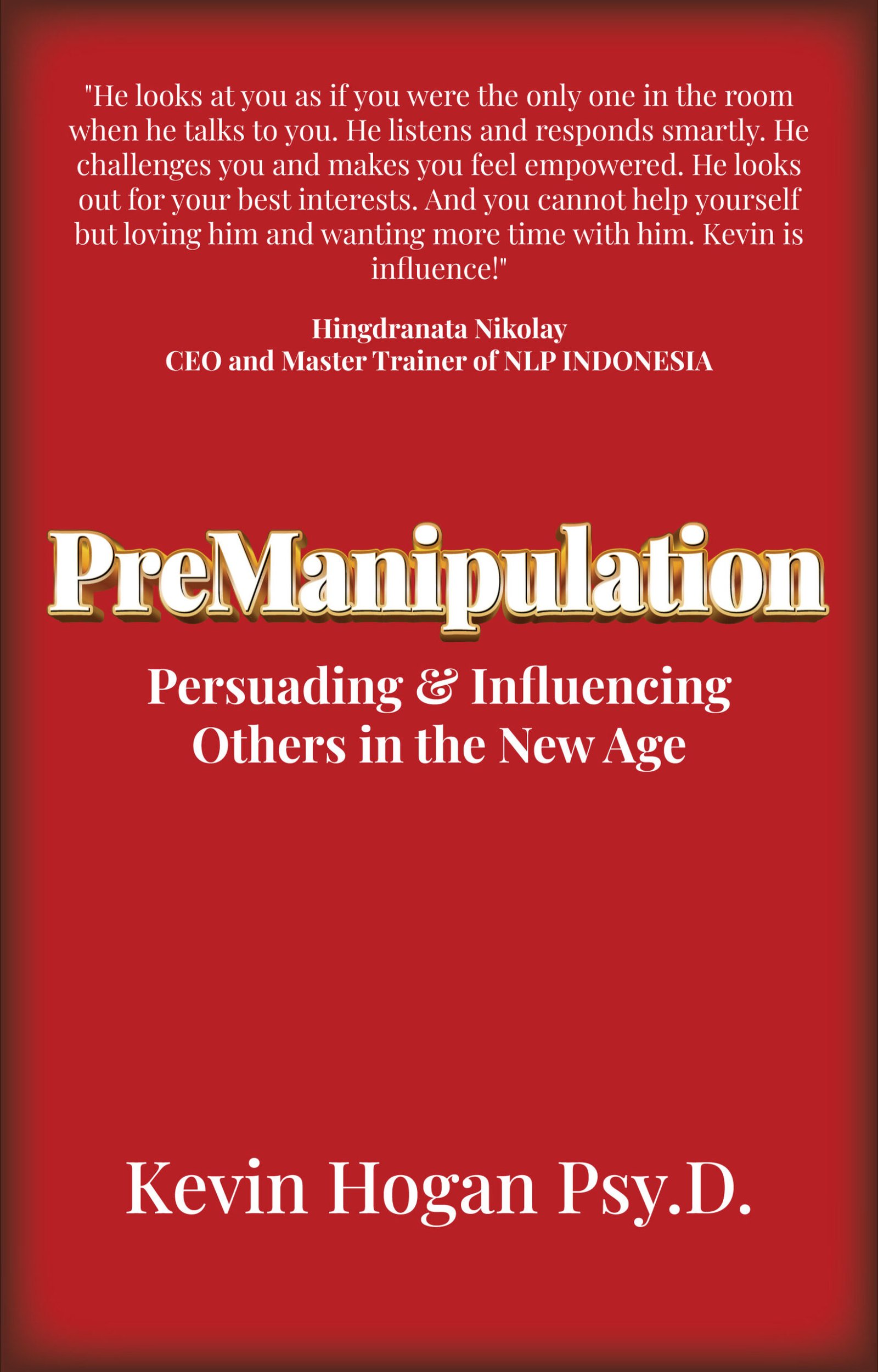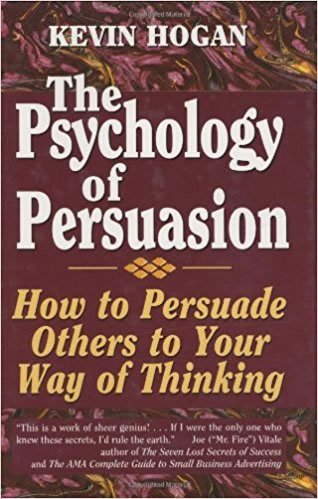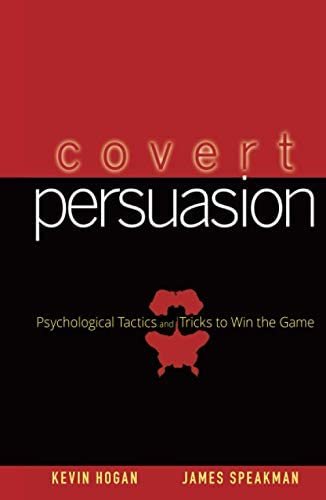Hypnoanalysis and Dissociative Disorder Therapy
Kevin Hogan, Psy.D.
What Is Hypnosis?
Hypnosis is best defined as an interpersonal relationship that is marked by a significant degree of dissociation and focusing on the part of the subject and the moving and changing of the subjects “energies” with the assistance of the hypnotherapist (or other source). (At the conclusion of this article is a brief glossary of definitions including “dissociation” and “energies” that will be helpful to the reader. Please refer to it as necessary.)
Discussing Dissociation
In 1984 I lived in Southern California. It was at this time that the infamous “Hillside Strangler” committed his murders. One night I watched the evening news to hear the good news that Kenneth Bianchi had been apprehended and incarcerated. It turned out that Bianchi was diagnosed with multiple personality disorder (MPD) by John G. Watkins, arguably the most important hypnotherapist in the 20th century. (Watkins, as I have noted during my tenor as a staff writer for the Journal of Hypnotism was the originator of hypnoanalysis in World War II and it was his pioneering work that influenced Dave Elman and the future of hypnosis.)
It was not the “Ken” personality that claimed “credit” for the murders he committed. His alter personality, “Steve” offered no regrets however. “Steve,” did the killing in Bellingham and Los Angeles. MPD is the most severe form of dissociation. In the case of MPD, the various ego states (parts) within an individual form distinct boundaries and do not communicate with each other as ego states do within a person who develops relatively normally in his life.
When we speak of dissociative disorders, we are talking about a continuum of states of mind that include everything from anxiety, unwanted out of body experiences, and depression to multiple personality disorder and psychoses. For the record, I have never worked with a person experiencing MPD and I have no reason to ever do so. I would urge you to do likewise. (I have unwittingly taken on psychotic patients only to refer them out immediately upon discovery of the psychoses. Please accept my strongest encouragement to refer out clients who cannot distinguish objective reality from their own subjective reality.)
There are many emotional, mental and physical disorders that a well trained and experienced hypnotherapist can assist with on a client’s road to wellness. These disorders rarely yield to suggestive therapy, metaphor or non-analytical forms of hypnotherapy. Conversely, these disorders tend to significantly diminish in magnitude when worked through with an experienced hypnotherapist utilizing the three key pillars of hypnoanalysis, regression therapy, ego state therapy (similar to parts therapy) and transference.
In previous articles, I have discussed in some detail the benefits of regression therapy, which is usually the first line of therapy after a thorough case analysis and ego strengthening from the hypnotherapist. In this article I would like to discuss in some detail the definitions, experience, and results of the second line of hypnoanalysis, which is ego state therapy (very similar but not identical to “parts therapy”).
When faced with dissociative disorders like post-traumatic disorders (including abuse cases), anxiety, depression, chronic and acute pain, hypnoanalysis is indicated for clinical hypnotherapy.
Ego States- Important “Parts” that Create an Integrated Self
“Part of me wants to buy the house and part of me says, ‘no way!’” This is representative of a normal person’s typical internal conflicts and accurately describes a normal person’s internal process of thinking and decision making. These are two separate (but overlapping) ego states that are working in the best interest of the self. Each part has “it’s” reasons for supporting a different point of view. These parts are what we will call ego states throughout the remainder of this article.
An ego state (Watkins 1997) can be defined as “an organized system of behavior and experience whose elements are bound together by some common principle, and which is separated from other such states by a boundary that is more or less permeable… Ego states are generally experienced in normal people as normal mood changes.”
Ego states are organized in a few different and typical ways. Sometimes we find these states as a pattern of behavior resulting from similar stimuli. This is called “normal differentiation.” Ego states that are formed by introjection of significant others are those where the person develops clusters of behaviors around his perception of a significant other like a parent or teacher. In cases of abuse, this state may begin to “identify” with the significant other and act similarly to that person. Other states are formed around periods of time, like childhood. Still other ego states emerge as defense mechanisms from facing traumatic situations like rape, child abuse and other traumatic distresses. The “core ego” is the state that is most indicative of the normal self, the self that is conscious most of the time. This is also called the “executive ego.”
Ego states are not simply a discovery made by great minds like Freud, Federn and Watson. It was Ernest Hilgard (1977) that actually proved the existence of ego states, although he called his discovery, “the hidden observer.” Hilgard’s experiments prove that there is a “part” of an individual, for example, that is “conscious: and able to feel pain or hear sound even when the individual’s core ego is ablated in hypnosis.
In a healthy and normal individual there are many ego states that operate consciously and unconsciously. In a psychotic individual, or someone with MPD, the ego states are separated from each other within the self by non-permeable boundaries. On the other end of the spectrum from MPD divisions, we occasionally find people who have no ego state boundaries. They have few or no parts to speak of. These people view everything as the same in the world and are not very functional.
Human personality, according to Watkins, “develops through two basic processes, integration and differentiation. By integration a child learns to put concepts together, such as cow and horse, and thus to build more complex units called animals. By differentiation he separates general concepts into more specific meanings, such as discriminating between a cat and a rabbit. Both processes are normal and adaptive.” (Watkins, 1997)
Ego states tend to describe themselves as “me” or “I” and discuss other ego states within the person, in the second person, “she” and “he.” It should also be noted that in numerous instances in therapeutic work with my clients, ego states have represented other ego states as “it.”
Differentiation vs. Dissociation
Differentiation and dissociation both involve the psychological separating of two “entities,” but differentiation is of a lesser degree, and is normal adaptation. On the other hand dissociation is pathological because it is maladaptive, decreasing or eliminating internal communication at the conscious and unconscious level of the self, between parts.
Just What is Ego State Therapy Then?
The therapeutic goal of the hypnotherapist is NOT to fuse all parts together into one ego but to integrate them so they continue to be valuable to the survival of the individual and work in tandem for the mental and physical health of the whole person.
“Ego state therapy is the utilization of individual, family, and group therapy techniques for the resolution of conflicts between the different ego states that constitute a ‘family of self’ within a single individual.” (Watkins, 1997)
Virginia Satir, arguably the most skilled family therapist of the 20th century, wrote and taught extensively about effective family therapy. Her work is completely applicable to working with individual clients in hypnosis. Hypnoanalysis utilizing ego state therapy hinges on a few key pillars for healing emotional, mental and physical difficulties.
The Six Pillars of Hypnoanalysis
- Transference- Transference is the common experience of the client (or a part of the client) viewing the therapist as someone in his or her past. The therapist could be perceived as father-like, mother-like, etc. This can be useful if the therapist is doing so with a strategic purpose in mind. For example, if the therapist is attempting to gain access to an ego state, then it can be useful to briefly allow transference to take place for a few moments. However, once the ego state his identified the therapist with a past significant other (father, mother, boss, brother, sexual abuser) the distinction needs to be quickly made that the therapist is NOT that person, nor is he anything like that person or people who have so negatively effected the client’s life. This moment is referred to as a “transference interpretation.”It is at this point that the therapist gently but firmly challenges the ego state to realize that he has been reacting to all authority figures, or whatever group the therapist is now “falling into,” as he did when he was, say a child, responding to Mom. This moment creates an “aha!” experience that allows the client to gain personal insight into his behavior. This previously unconscious behavior is now a conscious experience that allows the client to create intentional change.
Warning: It is very easy for a therapist to take on the role of significant others both “good and bad” without knowing it. Countertransference is very common in hypnotherapy and must be guarded against at all costs. It is probably safe to say that all hypnoanalysts have at one time or another fallen prey to the seduction of a client’s unconscious mind and ego states. When we treat the client as a child, a lover, a parent, or anything other than a client, we have allowed countertransference to take place. This must be rapidly corrected or the therapeutic relationship should be terminated. All hypnotherapists should solve there own transference issues with the assistance of other therapists as these transference’s become obvious. Every therapist needs a therapist.
Watkins (1997) has a general rule of thumb in dealing with clients: “Don’t do what the parents, or whoever reared the patient early in life, did wrong in the eyes of the patient, whether it is ignoring or abusing.”
Clients who have been sexually abused will sometimes (but certainly not always) act “seductively” toward the therapist. This occurs at the unconscious level. Be very aware of this common phenomenon. It could destroy your practice and harm the therapeutic relationship. You will find a common pattern in clients who report abuse. They tend to have been abused more than once. Rape victims are often victimized later in life. Victims of molestation often are molested by other individuals than the first offender. Abuse victims are often abused by individuals other than the first offender. Bringing this pattern to the conscious mind of the client, at the appropriate time, aids in the healing process. Without proper ego strength an assignation of self-blame might take place and ruin the therapeutic process.
- Regression and Revivification- Once in trance, the client can be returned to the initial sensitizing event (ISE) using regression techniques. Once a client has been returned to the ISE, he can see how his ego states have shaped his behavior and make a conscious decision to change. In dianetic therapy, (which borrows heavily from Watkin’s hypnoanalytic work) this incident is called an “engram” and through the years I have found that term to be fairly accurate and useful. When I say that someone is “in an engram,” I specifically mean that his ego state that developed at the ISE is unconsciously driving the individuals reactionary behavior. It is therefore critical to the therapist to return to this event so the ego state can be “contacted” and dealt with in an appropriate manner. We will briefly consider the key techniques here to return to that ISE.
- a) The Somatic Bridge- The somatic bridge is a technique that was developed to let a somatic (a pain or unpleasant internal phenomenon like tinnitus or vertigo) speak for itself. Allow the somatic to come into consciousness and state it’s purpose, goals, and/or objectives.
- b) The Affect Bridge- This technique was created in 1971 by Watkins. The objective of this technique is to track the feeling or affect component of a person’s experience back to the ISE while in trance. This allows the client to see that the feeling belongs to an earlier experience and no longer needs to be experienced in the present time.
In session, I might say something to the effect of, “Your tinnitus is loud and it is frustrating you. It is causing you great annoyance. Take me with you back to the time when it began so we can experience what caused this noise to turn on.” Sometimes the onset was a physical, external event like a gunshot or a rock concert. In cases like this the tinnitus eventually will be reduced in volume but normally will not remit entirely. In cases where the ISE is an emotional event, we normally are able to get an eventual remission although it may take months or years. In cases of pain, the remission often begins within minutes, hours or days!
- Acceptance of the Client and His Ego States- It is not our job to judge our client. It is our job to facilitate healing. By accepting the client and his parts in a virtually unconditional manner, rapport is built rapidly. Rapport hinges on trust. Once the client and/or specific ego states trust the therapist, it is easier to access the ego states that are creating difficulties in the client’s present time life.
- Contacting Ego States- Once in trance, the simple question, “Would the part or parts that are helping Jim feel this pain be willing to come out and discuss the benefits and reasons for this experience?” Do not interrogate the ego state. You are not a police officer. Your tone of voice should be empathetic, appreciative and understanding. Your goal is to discover the age of the ego state (when it developed), what it’s intention is or wants for the whole self and under what circumstances would the ego state be willing to accept a new job or create a new experience that would be in the best interest of the ego state and the whole person.
- Create an environment of safe negotiation between ego states. Allow the various parts to all feel comfortable with the outcome of the therapy and communication. (In NLP this process is called Reframing.)
- Abreaction Therapy- There is no question as to the value of abreaction or catharsis when working with clients. One significant cause of physical and emotional illness is the lack of emotional release (usually in the form of tears and/or grieving) from traumatic events. When the client is in trance, you can allow an ego state to abreact, or, the whole self as seems appropriate. Experience is the best guide and defining rules in a limited article is difficult and un-wise. The key point to remember is that the repressed feelings of grief, guilt, shame or anger have caused emotional or physical illness and we must allow the individual or his ego state(s) to experience the release of these “negative” emotions once and for all.The client should be allowed to get ALL of his emotional repression vented. Once the tears have flowed, the anger has been vented and the repression has been lifted the ego state that has been influencing present time health often re-integrates with other parts and healing begins. The client must learn that the victimization he experiences was not of his own doing. He was a victim, plain and simple.
As the client re-experiences these traumatic events he begins to release the negative emotions. As the events are re-examined a desensitization to the event and the experience begins to occur draining the negative emotional energy from the ISE or engram. I have discussed this form of therapeutic intervention at length in previous issues of the Journal of Hypnotism and will refer you to those articles. The first five articles appear at this website.
Kevin Hogan is the author of several books including The New Hypnotherapy Handbook.
Bibliography
Federn, P. (1952) Ego Psychology and the Psychoses. New York: Basic Books.
Hilgard, E. (1977) Divided Consciousness: Multiple Controls in Human Thought and Action.. New York: Norton.
Hogan, K. (1998) : Advanced Techniques and Strategies of Hypnotherapy and Hypnoanalysis. Eagan, MN: Network 3000.
Kluft, R.P. and Fine, C.G. (1993) Clinical Perspectives on Multiple Personality Disorder. Washington D.C. American Psychiatric Press.
Phillips, M. and Fredrick, C. (1996) Healing The Divided Self: Clinical and Ericksonian Hypnotherapy for Post-Traumatic and Dissociative Conditions. New York: Norton.
Rossi, E. and Cheek, D. (1984) Mind Body Therapy. New York: Norton.
Watkins, J.G. (1947) Hypnotherapy of War Neuroses. New York: Ronald.
Watkins, J.G. (1992) Hypnoanalytic Techniques: Clinical Hypnosis. New York: Irvington.
Watkins, J.G. and Watkins, H.H. (1998) Ego States: Theory and Therapy. New York: Norton.






















